We were stretched out on the grassy slopes of the medieval walled city of Forteleza in Valença, a stone’s throw from the Portuguese-Spanish border. I was gazing at a bee clumsily mounting a dandelion. The simple act of removing shoes and socks felt like a luxury spa treatment after seven hours of pretty much constant walking. My sister, Melanie, was nose-deep in a torn-out page of a guidebook by John Brierley, the Irish chartered surveyor and Camino veteran, whose books have been so instrumental in making the Caminos, the Portuguese variant in particular, more accessible. Like every other pilgrim on the Camino, we were heading to the cathedral city of Santiago de Compostela in Western Spain. We had nine torn out pages in all (when you carry everything on your back, every ounce matters) each mapping a portion of our two-week trek of 294 kilometres (183 miles). I warmed to this old school approach, bypassing the vagaries of mobile phone reception in the Iberian hinterland.
“You want to know something funny? If we drove to Santiago from here it would take us less than an hour and a half.”
“And how long is it going to take us in reality?”
“Erm….seven days.”
We both laughed at the charming absurdity.
 Twelve hours later, in the murky pre-dawn light, we strolled through Forteleza’s cavernous deep-stone arches and tunnels and across the Rodo Ferroviaria (railway) bridge and into Spain. It had been forty years since I’d journeyed from one country to another on foot, when my boyfriend and I hiked – also carrying backpacks — from Northern Greece across the Turkish border, on another murky dawn. These two events resonating across several decades, speak to a wholly different relationship of time and geography, where time is not something to be ‘saved’ but to be spent well, and where distance is not something to be ‘covered’, but to be witnessed by all the senses, as the land itself: to be trodden underfoot, to be listened to, smelled, felt and seen. And this you only get by walking. Step by step. Breath by breath.
Twelve hours later, in the murky pre-dawn light, we strolled through Forteleza’s cavernous deep-stone arches and tunnels and across the Rodo Ferroviaria (railway) bridge and into Spain. It had been forty years since I’d journeyed from one country to another on foot, when my boyfriend and I hiked – also carrying backpacks — from Northern Greece across the Turkish border, on another murky dawn. These two events resonating across several decades, speak to a wholly different relationship of time and geography, where time is not something to be ‘saved’ but to be spent well, and where distance is not something to be ‘covered’, but to be witnessed by all the senses, as the land itself: to be trodden underfoot, to be listened to, smelled, felt and seen. And this you only get by walking. Step by step. Breath by breath.
No one asks you why you’re walking the Camino, or ‘the Way’ as it’s called. It may seem the most obvious question, but you soon realize that the ‘why’ of it is both simultaneously accepted as private and broadly understood. And the reason for this is that almost everyone you meet has done it before. Why someone would peel themselves out of a bunk bed at five in the morning to walk for six or more hours, lugging all their supplies on their back; blisters popping up like mushrooms, skin frying, hips aching, sleeping fitfully in dormitories with dodgy showers, stinky shoes, mad snoring and plastic mattresses, day in and day out for weeks on end. Why someone would choose to walk for seven days to get somewhere they could reach in under an hour and a half. There is no easy answer to that. Not one that glides off the tongue anyway. The answer to the why is found in the doing of it. It is why no one asks you why. And it is why so many who have done it come back for more.
The question you get instead is, “Is this your first Camino?” I assumed there would be many first timers like me, but I met only two. There are veterans of three, four, five or more Camino journeys. And there are many Camino routes to choose from, some shorter, some longer, some hilly, some coastal, some wilder, some well-established, and others being developed all the time, crisscrossing Spain, Portugal and even Morocco, intersecting with one another like the veins of a leaf but all branching towards the same ultimate point – Santiago de Compostela. When I admitted that yes, this was my first Camino, I would get the same response–a slow nod of the head, followed by, “Well, it won’t be your last.”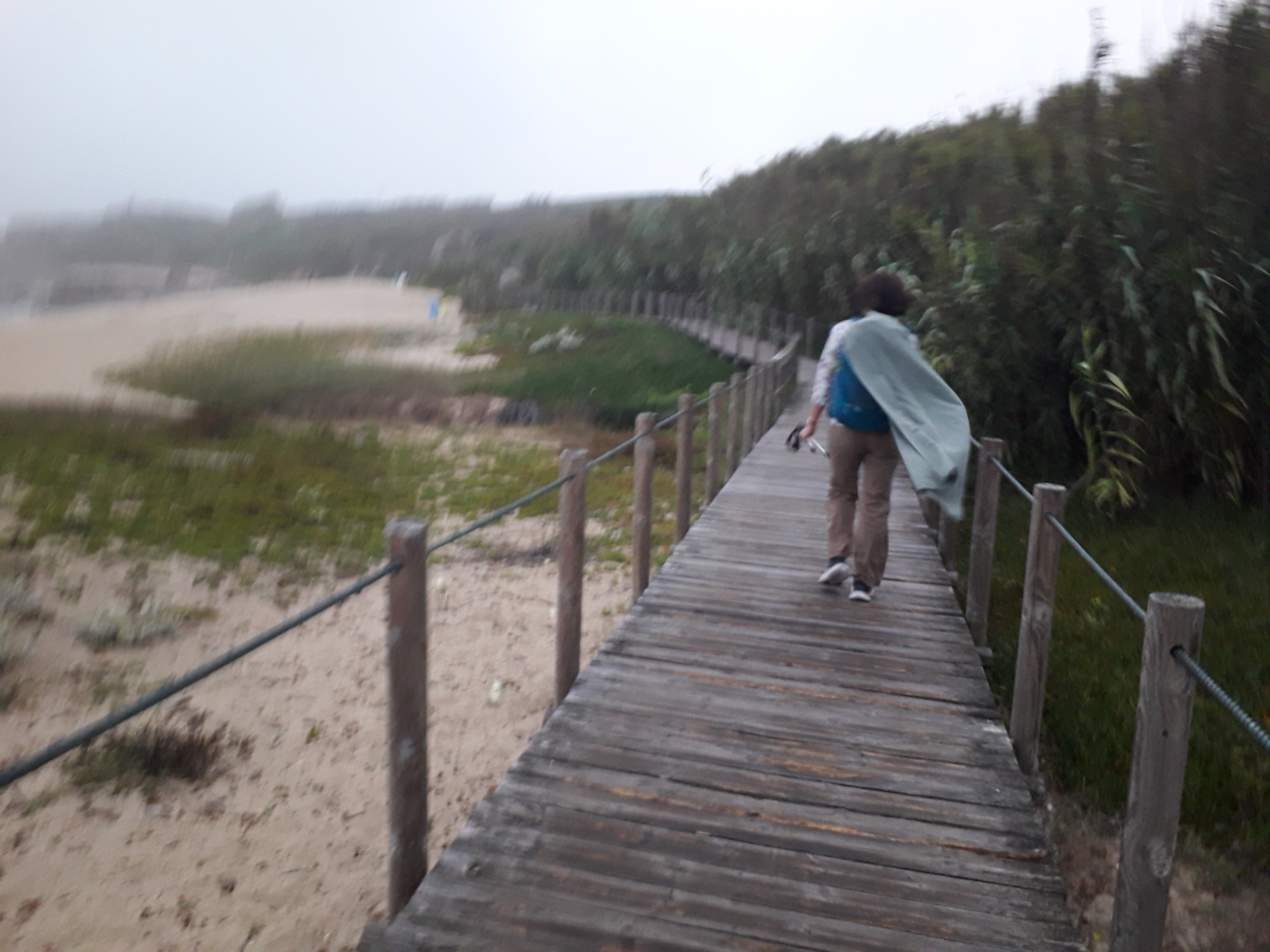 My sister and I had begun in the town of Porto on the Douro estuary; the most popular starting point for the Portuguese Camino. A few start in Lisbon, 300 kilometres south, but from the stories I heard, this section is brutal in that uniquely soul-crushing conspiracy of urban concrete and urban heat. Few come through it without some kind of road trauma. My sister had completed the month-long Camino Frances (the French Way) ten years before, and a year ago she had come up with the idea of us doing the Portuguese way together; “To build memories we can share for the rest of our lives.” she said one morning as the church bells belted across the curvaceous landscapes of Northern Portugal.
My sister and I had begun in the town of Porto on the Douro estuary; the most popular starting point for the Portuguese Camino. A few start in Lisbon, 300 kilometres south, but from the stories I heard, this section is brutal in that uniquely soul-crushing conspiracy of urban concrete and urban heat. Few come through it without some kind of road trauma. My sister had completed the month-long Camino Frances (the French Way) ten years before, and a year ago she had come up with the idea of us doing the Portuguese way together; “To build memories we can share for the rest of our lives.” she said one morning as the church bells belted across the curvaceous landscapes of Northern Portugal.
I was touched by her candor. The Camino was a chance for us to get to know one another again, and in some ways for the very first time. After a fractured childhood of constant moving from one military base to another, boarding schools, then our parents’ divorce and all that comes along with that, then moving to different countries, she to Canada me to California, we never really had the chance to bond through shared memories. Growing up, my three sisters and I were like a loosely connected group of satellites, often only vaguely aware of one another. We had ended up scattered like wildflowers: California, Canada, South Africa, England. Family reunions were major organizational campaigns.
The idea of pilgrimage had long appealed to me. I’d had an itch about the Camino ever since I came to live in Parthenay, a small millennium-old town in Western France that in the Middle Ages was a key point of passage on the Way for the faithful from the Netherlands and Britain. Back then, the journey from the home door to the door of Santiago Cathedral would take several months. For Catholics, it was the experience of a lifetime with the power to purify the soul of its full burden of sins. Parthenay looks like a fairytale in suspended animation, curled up within circles of crumbling castle walls and fortified towers. Back then, a constant stream of pilgrims would have trodden the cobbled stones on what is today the longest authentic medieval street in Europe. They would have continued east to Poitiers to join the ‘Tours Way’ and then south to Saint Jean Pied-de Port, gateway to the Pyrenees and what most people today consider the starting point of the French Way.
Camino references and imagery are everywhere in Parthenay. The scallop shell, the emblematic symbol of Saint Jacques (Saint James for Anglophones), the apostle whose relics are believed to rest in the Cathedral in Santiago, is carved into door lintels and chiseled into granite. Milestones indicate the distance to Santiago (1,492 km to be exact), the original gated tower to the city is Porte Saint Jacques from where you ascend Rue Saint Jacques towards a two-headed statue of a Camino pilgrim, scallop shell emblazoned on his chest, one face turned back to his point of origin, the other looking in the direction of Santiago. An intrepid few do venture on the Camino from Parthenay itself, or pass through it on the way, but sadly the French part of the old French Way has not been revived, and without the support infrastructure of the other Caminos, a clearly designated walkable route, well-placed cheap lodging, food, signage, guides, and so on, pilgrims are left largely to their own devices. I wonder with the ever-increasing interest in the act of pilgrimage as a very different kind of holiday that perhaps one day this will change.
So here we were, my sister and I, in our late middle-age, getting to know one another through shared memories of five o’clock risings, packing in the dark, nursing blisters and shin splints, hand-washing knickers, drying laundry on our backpacks, paddling in the sea, deciding when to stop, when to continue, planning the next day’s route. Placing one foot in front of the other. Making a journey together. What is the difference between walking the Camino and, say, hiking in the Alps? For sports enthusiasts, the Camino is not especially challenging. But those who see it as just a nice long walk are missing the point. As Melanie explains.
What is the difference between walking the Camino and, say, hiking in the Alps? For sports enthusiasts, the Camino is not especially challenging. But those who see it as just a nice long walk are missing the point. As Melanie explains.
Both offer the delight and stimulation of meeting new people from around the world, the wonder of walking outside in nature, the satisfying tiredness and appetite you feel when the daily walk is done. However, the Camino touches and affects people in a way that isn’t the same as a hike in natural surroundings, however awe inspiring or uplifting. I think this due to the fact that the Camino has been created and walked by countless, unknown, and ordinary people before you. You are literally walking in the footsteps of pilgrims from centuries ago…
The echoes of the footsteps of the pilgrims that came before are all around us. In the very structure of the route, the yellow arrows painted on telegraph poles and flagstones that beckon and guide you onwards, the hostels and restaurants, the chapels and churches, the vines and fruit trees planted along the pathways that pilgrims have foraged for centuries. And just like them we meet our fellow pilgrims with an open heart, as fellow travelers, as friends in spirit. We meet not as bubbles of opinions or identities or preferences, all ready to go pop at any moment as new opinions, identities and preferences replace them, but as unique expressions of something unifying, something lasting, that moves within and between us and that bonds us to one another in cheerful simplicity.
I am certain that if we had got down to bases we would have found much that divided us – but the spirit of the Camino is always drawing your attention to higher ground. You cross paths with people from every background, country and walk of life with no obvious outward sign of the life they lead; their job, their economic status, their origins. You can walk with someone for days without knowing their occupation or their politics, but you will come to know something of their kindness, their joys, their sorrows, their humour, their hopes, their strength. You meet in a background of simple moments, beyond even the divisions of language: the relief of finding an open café for the first cup of café com leche after a six-kilometer walk, the delicate sweetness of that glorious Portuguese pastry the pastel de nada, the mingling scents of mint and eucalyptus rising on the damp morning air, roosters crowing their hearts out at the prospect of a new day, and the feeling that this is how life is meant to be lived.
 I’m not claiming that the Camino is the cure for all our divisions, but it points towards its essential ingredients – to meet first as fellow pilgrims on the path of life, respectful of each other’s pace and rhythm, welcoming each other’s unique contribution, assuming the best of one another before all else. And then, if differences do raise their head, to root these differences in the common ground of human experience.
I’m not claiming that the Camino is the cure for all our divisions, but it points towards its essential ingredients – to meet first as fellow pilgrims on the path of life, respectful of each other’s pace and rhythm, welcoming each other’s unique contribution, assuming the best of one another before all else. And then, if differences do raise their head, to root these differences in the common ground of human experience.
Josh goes even further. A tall, noble Texan, with a quiet considered manner, he is one of the brave and the few who walked all the way from Lisbon to Santiago; 694 kilometres (432 miles) in 24 days. A convert to Catholicism, he illuminated me about the history of the Camino and the significance of Saint James whose ‘Way’ we were following, and he spoke of the powerful connection that is formed between fellow pilgrims:
Pilgrims do not see nationality, skin color, religion, or gender. They see a lifelong brotherhood and sisterhood. Camino brothers and sisters are forever bonded in a sealed for life friendship. It is nothing I have ever experienced before.
Julie also started this Camino in Lisbon. A Canadian army veteran who has served in Afghanistan, Julie is no stranger to physical and mental hardship. But the first stretch of her Camino pushed her to the edge of her endurance. Relentless searing heat devoid of shade made more savage by the alarming proximity of trucks and other vehicles on pedestrian-despising roadways, she ended up falling unconscious into a ditch. She describes what she calls her “Eat, Pray, Love moment”, when the message of her Camino all fell into place.
Many changes, internal and external, motivated me to do my second Camino. I was turning 50, between employment, planning a move to yet another country. My plan was to use this Camino as a path for inner reflection, a reset so to speak. This was to be a completely solo journey, avoiding distractions. I wanted to do this on my own, alone, be one with my path. This lasted until Porto and for that I was grateful. Grateful and completely miserable.
The biggest change in my life that has been inspired by my Camino is the fact that although individual experiences are good for reflection, shared experiences are essential for the soul, essential for love, essential for happiness. I needed to make more room in my life for love, life and happiness.
There are some people you meet on the Camino for just an hour or two, and others with whom you cross paths again and again, who become part of your Camino family. This bond between you comes on like a natural high–quick and sweet–with no agenda other than the shared joy of the connection itself. These are not necessarily people like you, in fact they are often not at all like you. But they are people you feel free to be yourself around, who help you to forget that your feet hurt, that your shoulders ache, that you’ve been wearing the same tee shirt for three days, that you don’t know where you’re going to spend the night. You walk alone for a while, then you walk alongside another, and then you part ways, and then you’re alone again. But not really. Such meetings play along the Way like pools of light on a river.
I only walked with Patrick for a day (or perhaps it was two; the Camino toys with time like elastic), but his gentle manner and poetic spirit made a deep impression on me. It was Patrick who told me that I needed to at least once walk the Camino alone to truly experience it. But it was also Patrick who told me that “without the other, there is no Way.”
I am normally of a shy nature, a little wary and reserved. Not far from being a misanthrope. But on the Camino I am transformed; open and available, curious and happy to share with others. Connections are formed quickly and very often they persist long after the path.

Without the other, there is no Way. Patrick’s comment makes me think of Hadda, a tall gangly South African girl who told us that her most meaningful Camino had been with her father. He had never left South Africa before and wasn’t much of a walker. Suddenly, at the age of 76 he finds himself walking for five solid weeks, 900 kilometres across mountains and arid desert. Hedda recalled. “His feet were so blistered. Every morning I would put a piece of Compede (a plaster-like product that acts like a second skin) on each of his toes before we left.” When she showed my sister and I the photo of her and her father in front of the Cathedral in Santiago, tears came to our eyes. That smile on his face. Pure gold.
Pilgrims often say that “the Camino provides”. And it is remarkable how often you hear stories of people losing things only to have them returned to them later, or who wished for something and received it, as if it had been presented to them by some invisible hand. Both of those things happened to me. I left one of my only two pairs of trousers at a hostel. Two days later and forty kilometres north, Lu, a Camino sister returned them to me with a wink. And on one rainy morning, just as I voiced regret at not bringing a poncho, my sister called out “there’s one” and voila! a poncho appeared that just happened to be the colour and make of my backpack, neatly folded on the verge.
Everyone you meet has a little Camino magic to share, as if the route is sprinkled with pixie dust. I prefer to think of it as the spirits of pilgrims past, who still bless the Camino with their presence, and who continue to guide and protect those who journey here. Here’s Rushy, our first fellow pilgrim, a plucky Indian-Australian who walked with us the whole day out of Porto, and who became the first member of our little Camino family.
Every time I was injured there was help available at hand in some way or other: The first day, I overdid it. I walked thirty-seven kilometres against the advice of other travelers. I ended up injuring a tendon in my knee. I could barely put my foot down it was so painful. I was on my own on the coastal route, still two hours away from the hostel where I was planning to stop for the day. I was thinking how great it would be if I could find a stick for support. Fifty metres on, I found the perfect stick lying across the path as if it had been waiting for me. I then met another pilgrim who was heading to the same hostel. She patiently walked with me and helped me in every way possible. I felt as if she was a guardian angel sent to help me.
There is also no shortage of support from local communities along the route. Several times a day people call out “Bom Camino!” as you pass. Sometimes it is just the boost you need to bring the spring back in your step. Early one morning I listened quizzically as an old scratchy recording rising from the valley below. I recognized the singer as Amália Rodrigues, famous in the 50s and 60s. She was known as ‘the queen of Fado’, that soul-stirring Portuguese musical form that makes poets of us all. It was utterly magical. We met up with Julie at lunch.
“Did you hear the Fado this morning? Wasn’t it beautiful?”
Indeed it was but I was confused. Why would anyone be playing Fado through a speaker so early in the morning in the middle of nowhere?
“The locals were playing it for us! For the pilgrims. The rhythm of Fado matches the ideal pace for walking.”
That was my emblematic Camino moment.
Melanie says more about the spirit of local camaraderie:
Hedgerows and fields have been planted over the ages with herbs and fruit for passing pilgrims to forage, local residents call out to pilgrims who have dropped something or who are heading down the wrong fork in the road, people have carefully and thoughtfully placed yellow arrows and Camino signs at every junction along the way. Even the roosters seem to cheer you on.

There is a broad encouragement, expectation even, for each one finding their own ‘way’ forward; not as an act of defiant individualism but as a personal commitment — to discover one’s own pace, style and rhythm, as well as the measure of one’s own depths and widths, capacities and limitations, that can shift and permeate several times over the course of a single day. “It’s your Camino” is a phrase you hear often.
Some people plan every phase of their journey, Googling Tripadvisor reviews about where to stop for lunch. They get out before dawn and set a rigorous pace for the day to meet the targeted distance for their pre-booked lodgings. At the other extreme, there are those who prefer to meander out after chatting over coffee and let the fates and whimsy decide where they will stop for the night. Most find their sweet spot somewhere on the spectrum in between. My sister and I steered towards a strict disciplined approach with a certain amount of wiggle room. Ultimately, you alone are responsible for making your own journey, even while there are forces around, both visible and invisible, that influence the decisions and choices you make.
The most touching example of this was overhearing Tony, a solid thoughtful gentleman from Washington State, in conversation with his sixteen-year-old son, Sam, who was debating whether to part ways with his parents for a few days to join a Dutch family with whom he had become very close. Sam is a bright, sweet, inquisitive lad, whose disarming smile and cheerful nature had made him a firm favourite among our Camino family. In a way he became everybody’s son; everybody’s younger brother, nephew or grandkid. Tony listened to Sam equivocating over his decision for several minutes before answering. When he spoke, his words were concise but straight to the heart of the matter.
“This is your Camino, Sam. We came on this journey to support you, so that you could get to know yourself better. This is your decision to make.”
I remember thinking what son would not want to hear such words from his dad? It was the perfect reply.
Sam passed us on the road the following day, chatting merrily away with the slightly older Dutch girl, an extra bounce in his step. There were some ground rules his parents had set (he was not allowed to go off on his own, for example) but he had made his decision, and perhaps most importantly, he had earned the trust to make it. His mother, Lu, who with her ability to gently gather us all together for mealtimes, and melt our hearts with her kindness and affection, became the undisputed mother of our Camino family, told me later that Sam had made another, even more important decision, upon his return to the States. He had brought to an end an unhealthy romantic relationship with a girl who clearly didn’t deserve him. The Camino was something of a rite of passage for Sam, who seemed to grow from child to man before our very eyes.
 It’s still amusing to observe how judgements about how the Camino really should be done manage to still crop up. Some people disapprove of the pilgrims who stay in private guesthouses rather than the public albergues (hostels), others don’t rate first timers like me (“you’re not a true pilgrim until you’ve reached Santiago,” I was firmly instructed by a truculent Swedish leprechaun), some consider that the Camino can only truly be experienced alone, while others look down on those who only do the last 100 kilometres – the minimum distance to qualify as an official Camino pilgrim). And pretty much everyone looks down on the cyclists. You have to draw the line somewhere.
It’s still amusing to observe how judgements about how the Camino really should be done manage to still crop up. Some people disapprove of the pilgrims who stay in private guesthouses rather than the public albergues (hostels), others don’t rate first timers like me (“you’re not a true pilgrim until you’ve reached Santiago,” I was firmly instructed by a truculent Swedish leprechaun), some consider that the Camino can only truly be experienced alone, while others look down on those who only do the last 100 kilometres – the minimum distance to qualify as an official Camino pilgrim). And pretty much everyone looks down on the cyclists. You have to draw the line somewhere.
Nevertheless, everyone is free to do the Camino how they like (and others are free to quietly shake their heads at them) while experiencing the real-world consequences of their decisions, which in turn shapes the subsequent choices they make, like Rushy’s over-reaching on her first day that cost her so dearly.
It’s not just new injuries one needs to watch out for. Caminos seem to elicit a purging of both body and soul. Like an archeological excavation that layer by layer reveal old bones from forgotten lives; old battles, old wounds, old talismans, old habits and rituals back to pre-history, the embodied memories of old griefs and old loves half-buried in the silt. The Camino brings the hidden parts of us into the light of the present and then helps us to find the strength to let go of the past.
 Julie, one of the most unique and gorgeous souls I have ever met, who brightens up everyone’s day with her cheeky grin and entertained us no end with her politically incorrect humour and endearing honesty, had this to say when I asked her to describe a moment that captured the Camino spirit for her.
Julie, one of the most unique and gorgeous souls I have ever met, who brightens up everyone’s day with her cheeky grin and entertained us no end with her politically incorrect humour and endearing honesty, had this to say when I asked her to describe a moment that captured the Camino spirit for her.
I was walking through a village, when an elderly man standing in front of a chapel gestured the pilgrims to come inside. We were welcomed by a lovely couple who wanted to sing a pilgrim blessing for us. As I sat down in the pew and the song began, I felt immediately overwhelmed with emotion. I was sobbing. All the loss I had experienced over recent years – my father, my marriage, my home, my children, my mother, my business – it all came crashing down on me. It felt like my soul had been ripped into a million pieces. I left bereft, empty, but interestingly also much lighter. This surreal experience allowed me to make room for new experiences, new people, new love in my life. It made me a better person.
Josh had struggled with foot and back injuries only a year earlier. I am sure he still suffered, but he never complained. His pack weighed a ton. I joked that he had the body of Saint James tucked inside it. When we reached Santiago, Josh bought an over-sized tee shirt with the red cross of Saint James on a white background. He looked like a Knight of old with all the courage and gallantry it takes to fill that role. Josh was a reminder of the Camino’s religious roots. His openness about his faith was as challenging as it was refreshing to a lapsed Anglican like me. He later told me that on the fourth day of his Camino he had suffered such horrendous pain in his ankles that he thought he may have to quit.
Then a thought entered my mind, Jesus’ passion was far worse than my stupid ankles. I had forgotten to pray to God.
Josh prayed the rosary, and his pain gradually subsided.
Walking the Camino allowed me to break my body and soul into jigsaw puzzle pieces and then it allowed me to rebuild myself into a new person. It was the simple things – my daily struggles; constantly adjusting my backpack, hot weather, little shade. Not enough water, my feet grew tired and blistered with each step, my entire body was sore. Then to find a place to eat and sleep…. It is a simple life, your only objective is putting one foot in front of the other.
Things seem to work themselves out somehow. At first, I was struggling to keep up with my sister. And then at some point I just let it go. Whether I sped up or she slowed down, or a bit of both, I don’t really know. But when I let it go it was no longer an issue. My biggest physical challenge also involved my ankles, my left ankle anyway. In the second week, an old injury from a motorbike accident in my teens that I had barely thought about in years flared up and threatened to put an end to it all. I was able to manage it with elasticated supports and Ibuprofen.
Things arise, we deal with them, and continue on. That’s life on the Camino.
 Did something change in me? Perhaps nothing changed so much as shifted into deeper relief. I returned with the conviction that I can do more than I had imagined. I realized that I had made a habit of giving up on things too soon. When you think you’ve had enough, the Camino spirits lean into your ear and whisper, “keep going”. Perseverance. That’s my Camino word. And yes, gratitude. Gratitude to my sister, Melanie, for being the catalyst for it all, gratitude for the pilgrims past and present, for having found something I have been looking for my whole life without even knowing it. And yes, I am planning the next one….
Did something change in me? Perhaps nothing changed so much as shifted into deeper relief. I returned with the conviction that I can do more than I had imagined. I realized that I had made a habit of giving up on things too soon. When you think you’ve had enough, the Camino spirits lean into your ear and whisper, “keep going”. Perseverance. That’s my Camino word. And yes, gratitude. Gratitude to my sister, Melanie, for being the catalyst for it all, gratitude for the pilgrims past and present, for having found something I have been looking for my whole life without even knowing it. And yes, I am planning the next one….
I later discovered that John Brierley, whose guidebooks we were following religiously, had died on July 2nd, the day my sister arrived in France from Canada to begin our adventure together. Brierley walked all the Caminos himself and poured all his knowledge into the first comprehensive guides that have been translated into several languages. They are clear, concise and practical. When I read his obituary in the Irish Times, I burst out crying. It was like he was speaking directly to me:
John was one of those rare individuals who could inspire people to do things they thought themselves incapable of doing…Or to believe in themselves when they felt the world was against them. People walk the Camino for many different reasons…Many are carrying heavy burdens, have suffered unbearable sorrow and loss in their lives, some with broken hearts and others with terminal illnesses. The reason why John was so special was because he had empathy with those suffering a personal crisis, those who were struggling with life. He had overcome his own struggle and understood how hard theirs was as they made their way on the road to Santiago….His mantra in life was simple: have an open mind, an open heart and be kind. May his good soul rest in peace.
John Brierley believed that walking the Camino could change people for the better, and in doing so, could change the world. Beforehand, I might have considered this a rather grandiose thought, but now that I have completed my first Camino, I’m with John. I’m a believer.
Rushy had this to say about the impact of the Camino on her life:
The Camino taught me to find and appreciate the simple pleasures in life. It has taught me to trust in the unknown and go with the flow. I find happiness in little things. As simple as the glow of a sunset captured in a cloud, or the colours of the sea as you walk along the coast, the shape of a leaf. One of the biggest lessons I have learnt is perseverance. The infinite potential available when we put our body, mind, and soul to test. The result of the connection and balance between the three is pure magic!
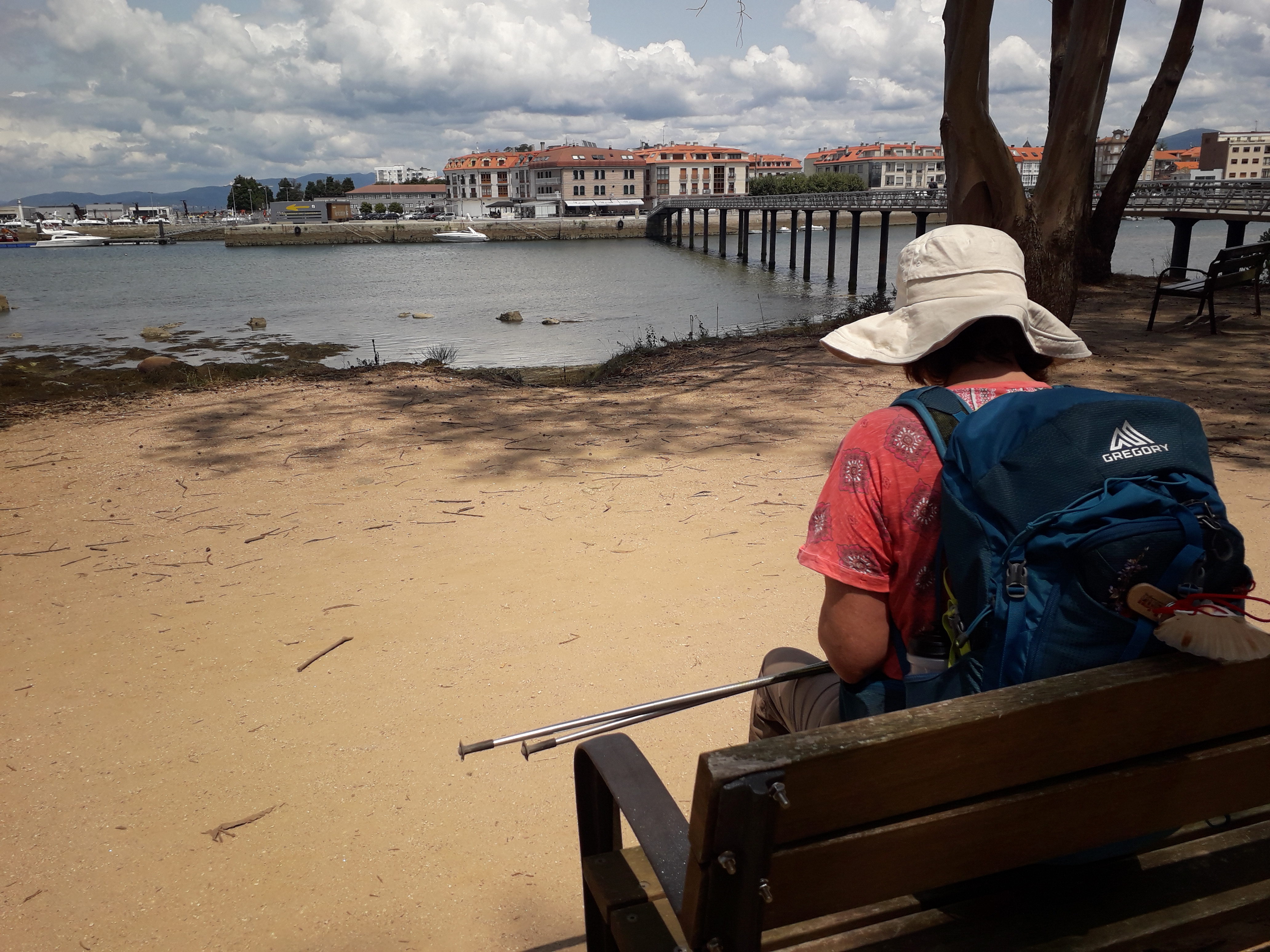 Patrick told me that before his first Camino in 2015, he had suffered from insomnia for ten years, deeply impacting his personal and professional life, and tipping him into depression. Sleep had become a source of anxiety. He was worried that he wouldn’t be able to sleep in the hostel dormitories and that the Camino might exacerbate his condition, but the opposite happened. When he came home to Brussels after a fortnight of walking the Way, he slept soundly for almost a whole week. A minor miracle. Two weeks later, he was back on the Camino, this time for ten days. Patrick returned almost every summer after that, walking the French way in sections.
Patrick told me that before his first Camino in 2015, he had suffered from insomnia for ten years, deeply impacting his personal and professional life, and tipping him into depression. Sleep had become a source of anxiety. He was worried that he wouldn’t be able to sleep in the hostel dormitories and that the Camino might exacerbate his condition, but the opposite happened. When he came home to Brussels after a fortnight of walking the Way, he slept soundly for almost a whole week. A minor miracle. Two weeks later, he was back on the Camino, this time for ten days. Patrick returned almost every summer after that, walking the French way in sections.
What the Camino has brought into my life above all is the knowledge that there is a place on earth where I can reconnect with the feeling of freedom. I approach the difficulties, failures and sorrows of an entire year with the thought that I have this appointment with myself that awaits me each year. I just go there and walk.
The Camino is openly welcoming to pilgrims of every faith and philosophy. You do encounter practicing Catholics like Josh. But you also meet atheists, agnostics, and a broad group of people like Patrick who clearly have a spiritual orientation of their own that connects them to universal forces beyond the limited confines of the ordinary ego.
Several times on the Camino I experienced a very strong phenomenon of mindfulness. It was as if my mind opened up to the vast expanse around me; of horizon, space and nature. My mind expanded and I became part of a whole; part of the forest, of the sunlight, of a bird singing above my head, part of the path where my feet trod 40,000 times a day…
Not only is the Camino welcoming of all faiths, it attracts people from all backgrounds and cultures. It is as if the Camino exists in a dimension of its own where the idea of a human family is a real and present reality and not just a cliché hippy dream. As Melanie writes:
There is a feeling that you are connecting with a history and a culture that isn’t just Portuguese or Spanish. It is universal. It is any community of any culture because that is what all people do: look for meaning, create stories, develop beliefs, then together build rich and beautiful expressions of those stories. I feel a connection with not only the unique and wonderful people I meet on the Camino but with all people, throughout human history. It feels like a celebration of all that is good with humanity.
You hear the Camino often described as a kind of microcosm of the path of one’s ‘ordinary’ life. The lessons learned here seem to have more force and weight to them, are somehow more enduring, more easily emblazoned on the mind. Perhaps it is the embodied way that we receive these lessons, through every step and every breath, transmitting the message Fantastic Voyage-style throughout the very sinew and blood of our being. Patrick again:
The Way of Saint James invited me to be more positive. It is a process of long and difficult change, with setbacks, but it is a process that has been set in motion and I am moving forward on it just as I do when I am walking the Way.
Alessandra, another Camino sister, walked slower than most but she rarely stopped. With her sweet open-hearted face and unbending determination, she seemed to me like a flower with a stalk of steel. We all decided that Alessandra was the tortoise from the Aesop fable. She was always overtaking us, smiling and waving as we finished up our sandwich or coffee, even though we had passed her way back and had imagined her to still be somewhere far behind. I asked her to share something of what the Camino means to her and this is what she wrote.
On the Camino I feel that each step brings me closer to myself, to my truth. I make a void within and I let myself be overwhelmed by silence, and in this way, I overcome my fear of loneliness.
Personal to universal, inside to outside, above to below, the Camino is always weaving between the two. Here, Melanie speaks to how the Camino seems to capture the movement of human history within itself:
A hike in the mountains may lift the heart and excite the soul but often it is often a way to get away from people. The Camino has a different role. It reassures the heart that we each are on a journey and that we tread in the footsteps of many before us. That many before us have suffered and laughed and have got lost and been redirected. And even when there’s not another pilgrim to be seen, we can look for the signs left by others and know that actually, despite how we might feel sometimes and despite how we may sometimes want to, none of us ever are really walking alone.
I realize that I have hardly mentioned Santiago. Not being Catholic does not mean that I am immune to the power and sanctity of such holy sites, and we had somehow managed without planning it to arrive on July 25th the Feast Day of Saint James, which did seem properly auspicious. But I must admit that I had mixed feelings about arriving at the Cathedral. Of course, there was a wonderful feeling of accomplishment, and the building itself is properly imposing and a fitting end point to such a pilgrimage. But our arrival also meant that it was over. For now, at least. And there was a kind of heaviness to that. Our celebration was also somewhat marred by the King of Spain closing the Cathedral to pilgrims while he celebrated Saint James’ Day with a private mass, which seemed antithetical to the spirt of the Camino and left a bad taste in everyone’s mouths.
 All Caminos begin and end with the pilgrim, Josh had said. And all Caminos end when the pilgrim ends. Kings and others who seek to monopolize the Camino would do well to remember this. It is the pilgrims that keep the whole thing running; this beautifully eccentric, deceptively simple reset mechanism for the human spirit, not entirely of this earth, suspended somewhere in between the soil and the firmament. The pilgrim is the Way.
All Caminos begin and end with the pilgrim, Josh had said. And all Caminos end when the pilgrim ends. Kings and others who seek to monopolize the Camino would do well to remember this. It is the pilgrims that keep the whole thing running; this beautifully eccentric, deceptively simple reset mechanism for the human spirit, not entirely of this earth, suspended somewhere in between the soil and the firmament. The pilgrim is the Way.
And when, as I surely will, get lured once again into the petty squabbles of the mind, I’ll let myself be soothed by the thought of all those Camino pilgrims; plodding along, looking out for yellow arrows, speaking bad Spanish and worse Portuguese, snoring their hearts out, bandaging each other’s knees, being cheered on by roosters, foraging for grapes, standing quietly on ridge tops, among forest pines, crying in a chapel, returning to the simple things, returning to what matters, losing and finding their way, losing and finding each other, losing and finding themselves. Breath by breath and step by step.





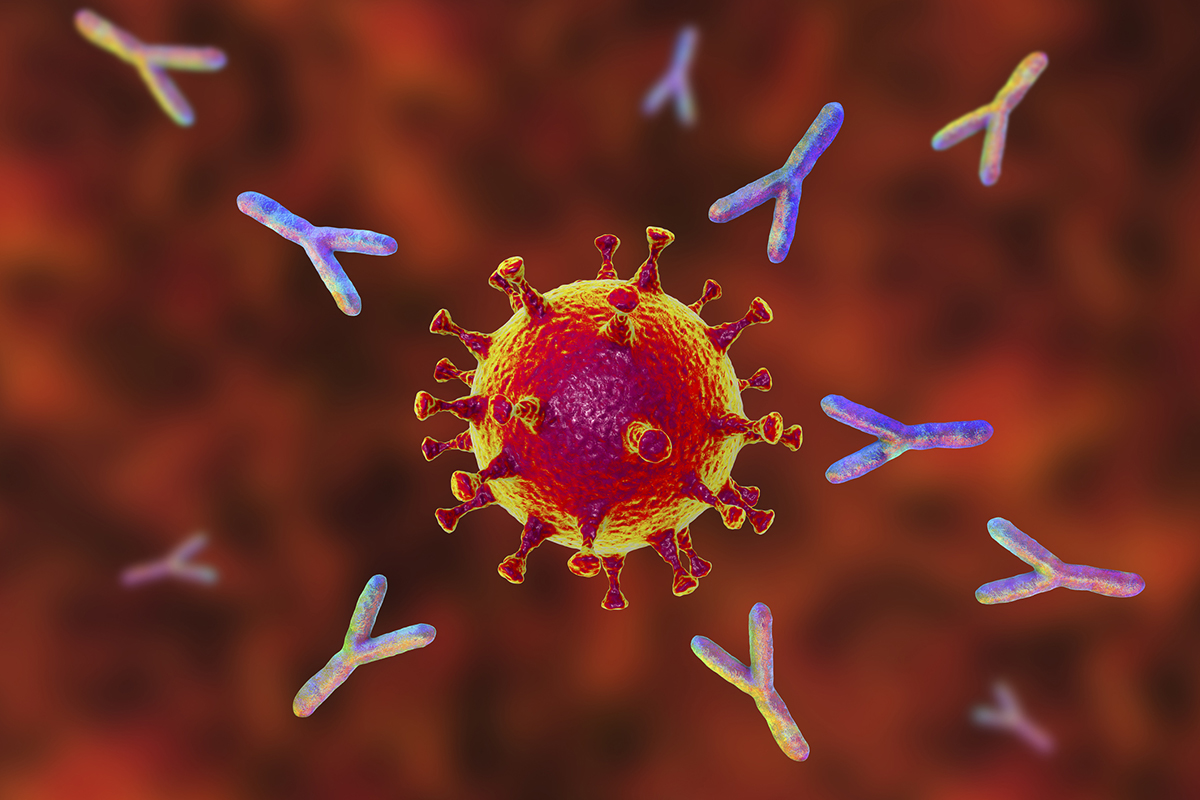 Jennifer
Jennifer 


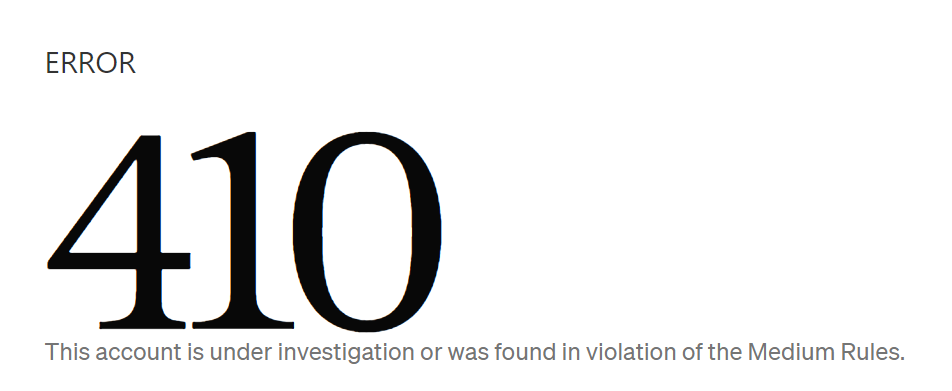
 It started in January
It started in January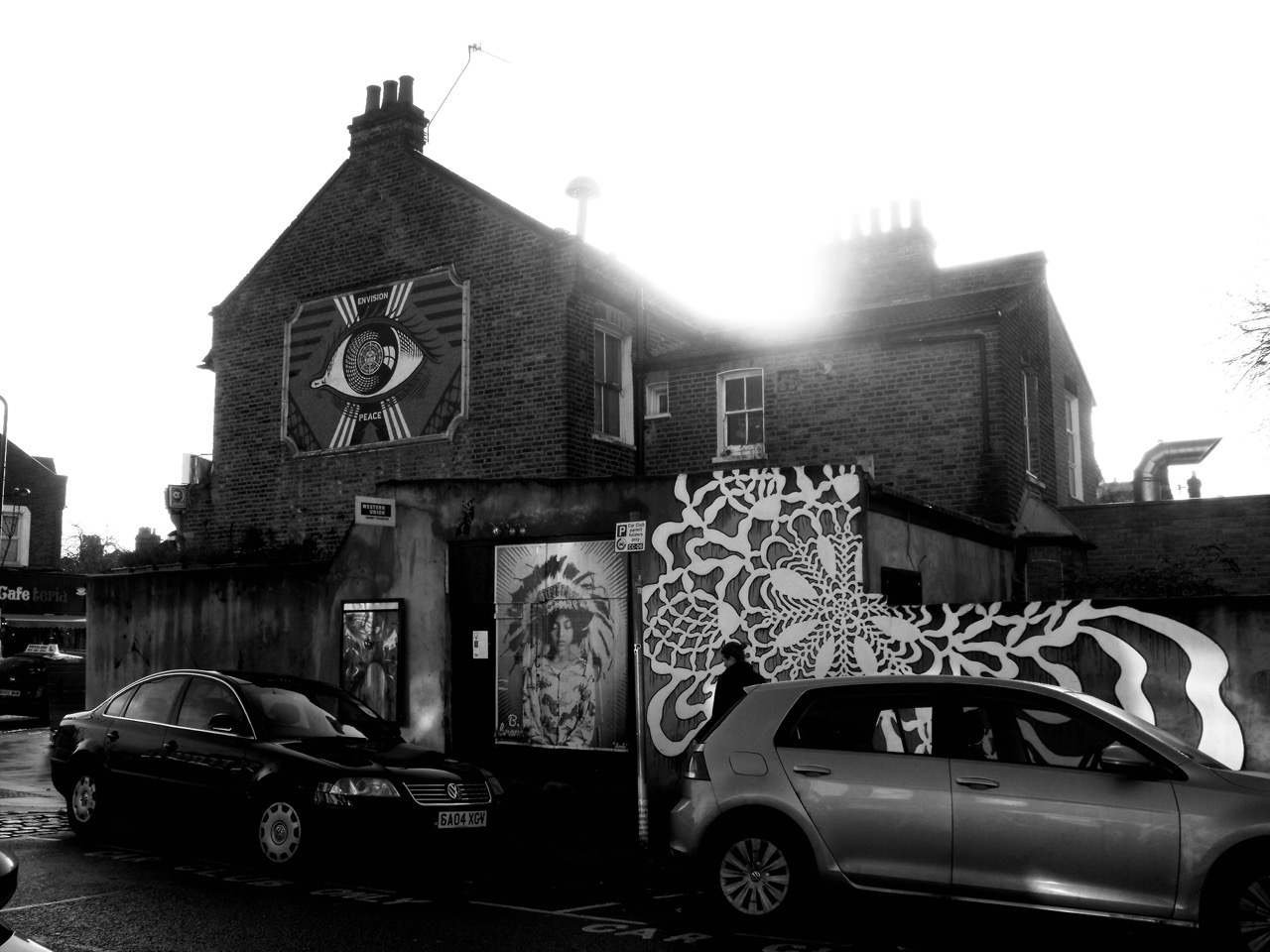 On a long road in Tottenham
On a long road in Tottenham  And then, some time around the first week of June, I would notice a burst of greenery on my neighbour’s barren wall. In less then three weeks, it would go from that vanguard to a most definite and confident ascent, an entirely new route would be found than any year before, through the great impulse of Life. This impulse soared through its constituents, giving direction. Grow. Grow. Grow. With no other particular instruction. I marveled at this Creativity. This impulse to start again. With no regrets or fears. But perhaps that was only from my point of view, eyeing the scene from my balcony. When I could no longer see the vine, I assumed it was no longer. I had somehow forgotten the less visible continuity below my own horizons. What seemed like a new beginning to me was aeons old a performance.
And then, some time around the first week of June, I would notice a burst of greenery on my neighbour’s barren wall. In less then three weeks, it would go from that vanguard to a most definite and confident ascent, an entirely new route would be found than any year before, through the great impulse of Life. This impulse soared through its constituents, giving direction. Grow. Grow. Grow. With no other particular instruction. I marveled at this Creativity. This impulse to start again. With no regrets or fears. But perhaps that was only from my point of view, eyeing the scene from my balcony. When I could no longer see the vine, I assumed it was no longer. I had somehow forgotten the less visible continuity below my own horizons. What seemed like a new beginning to me was aeons old a performance.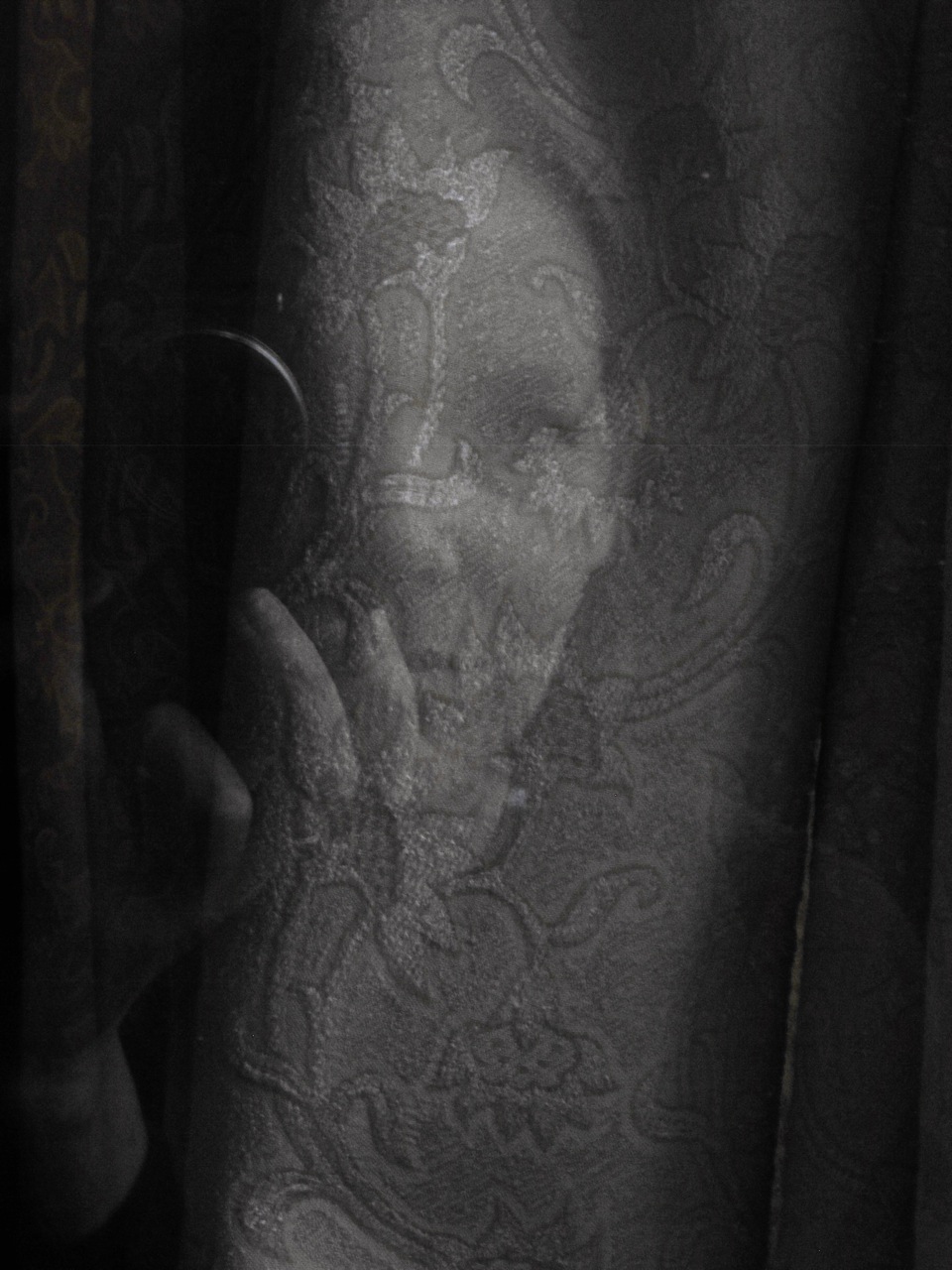 BRAVA: Rebecca, as a survivor of sexual assault, you are now (many years later) finding an unusual way to investigate your relationship to your body and perhaps re-frame it: with the camera, in a series of nude auto-portraits taken in your home. The photo series was an entirely private endeavour for you until the Harvey Weinstein story broke, and the ’me too’ social media campaign took over almost every woman’s postings across Facebook, Instagram and Twitter. Now, you find yourself opening up to discussion about something that you’ve been keeping quiet – not just the photo series, but the experience behind it. Why has the ‘me too’ campaign changed your attitude towards speaking out?
BRAVA: Rebecca, as a survivor of sexual assault, you are now (many years later) finding an unusual way to investigate your relationship to your body and perhaps re-frame it: with the camera, in a series of nude auto-portraits taken in your home. The photo series was an entirely private endeavour for you until the Harvey Weinstein story broke, and the ’me too’ social media campaign took over almost every woman’s postings across Facebook, Instagram and Twitter. Now, you find yourself opening up to discussion about something that you’ve been keeping quiet – not just the photo series, but the experience behind it. Why has the ‘me too’ campaign changed your attitude towards speaking out?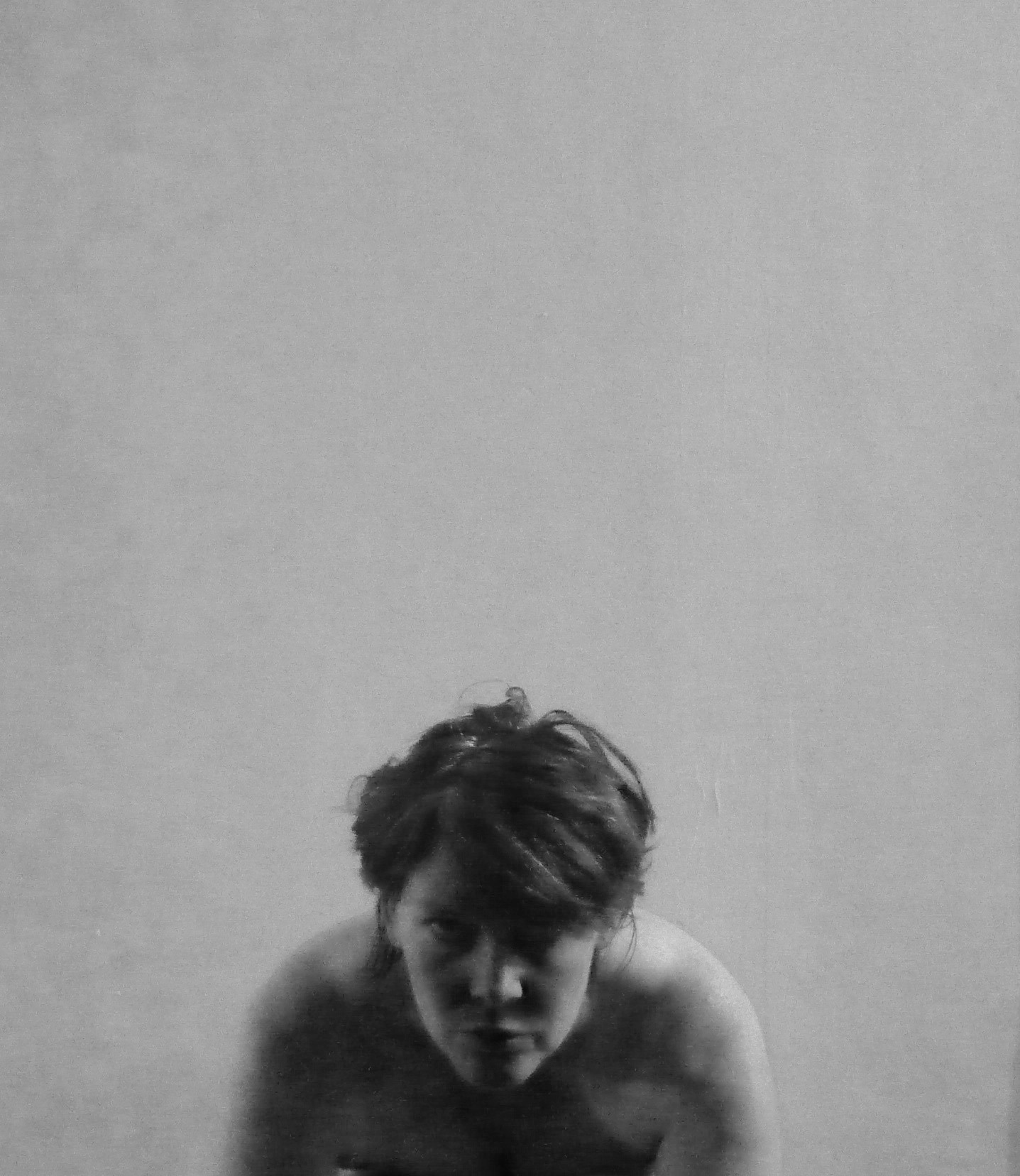









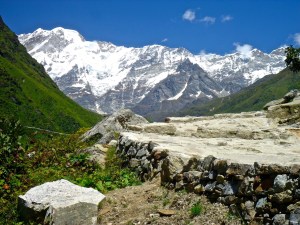




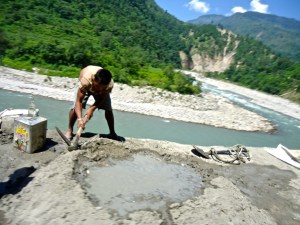
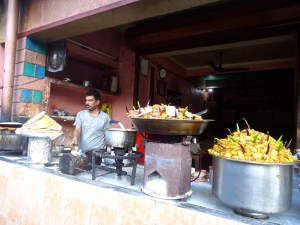
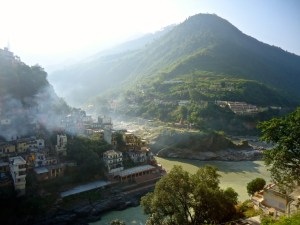
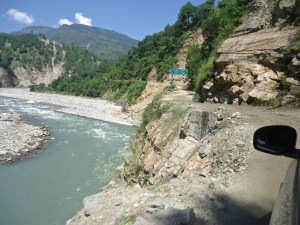
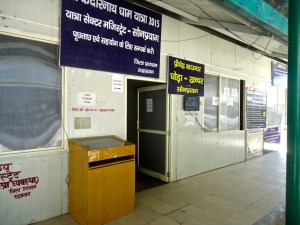
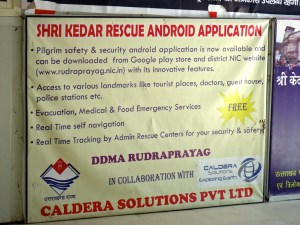

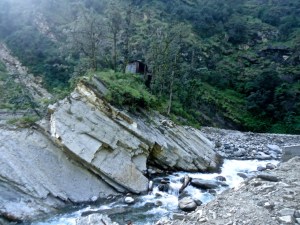
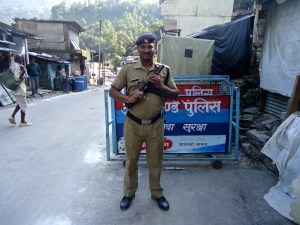


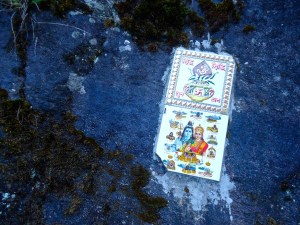
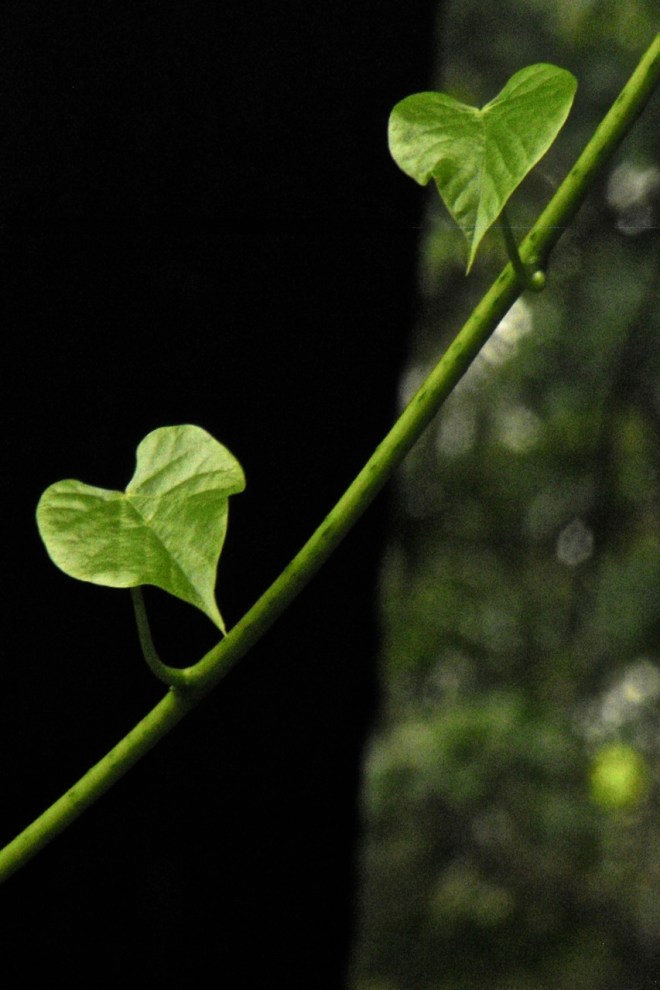







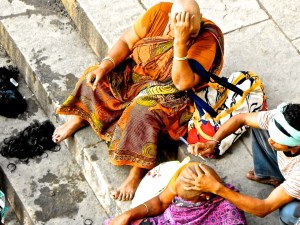
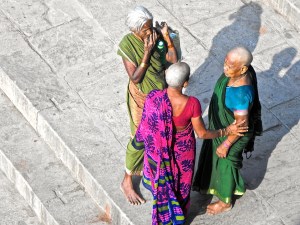




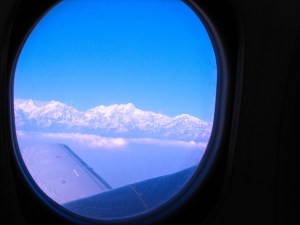
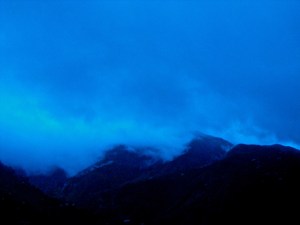





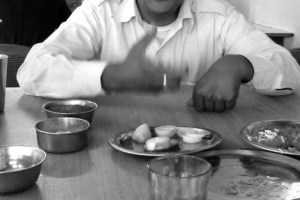




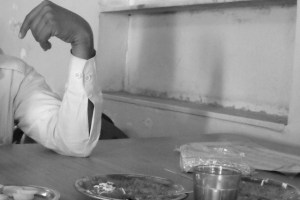









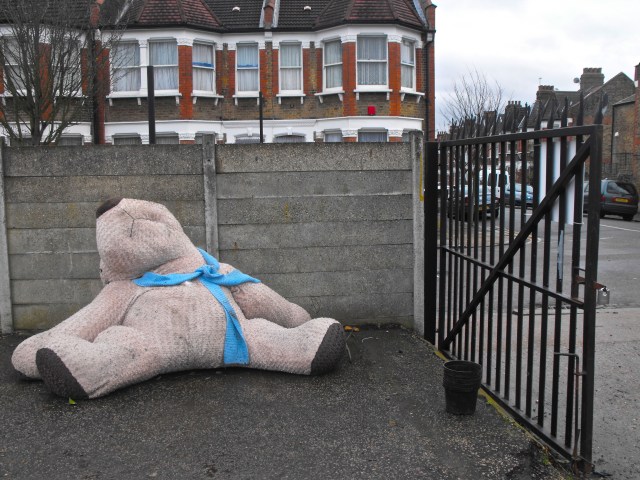



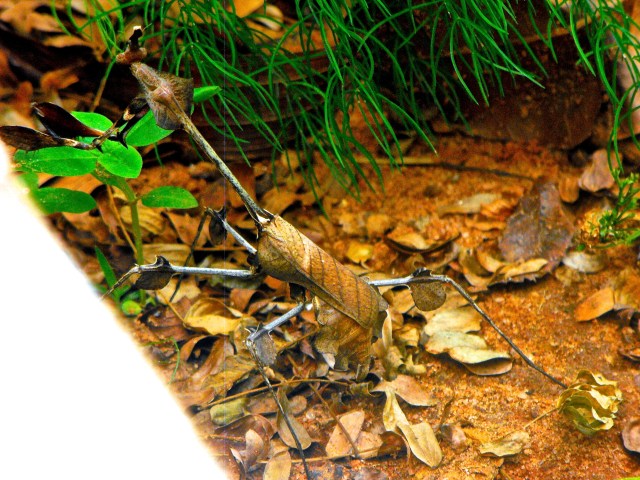

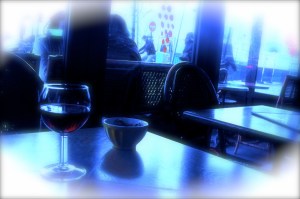
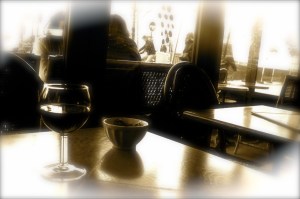
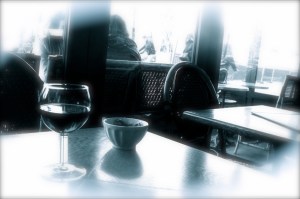
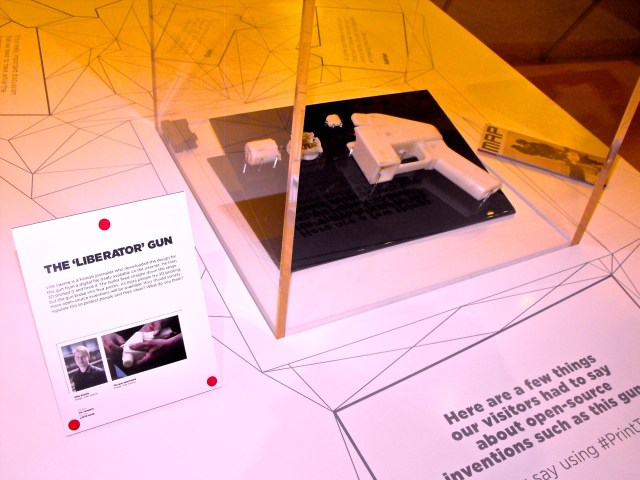

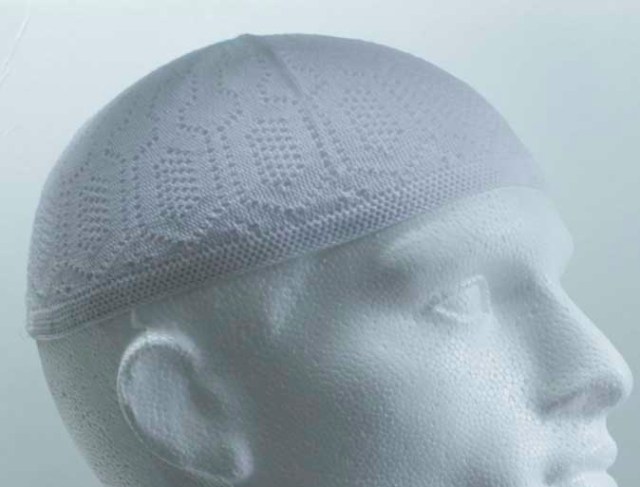











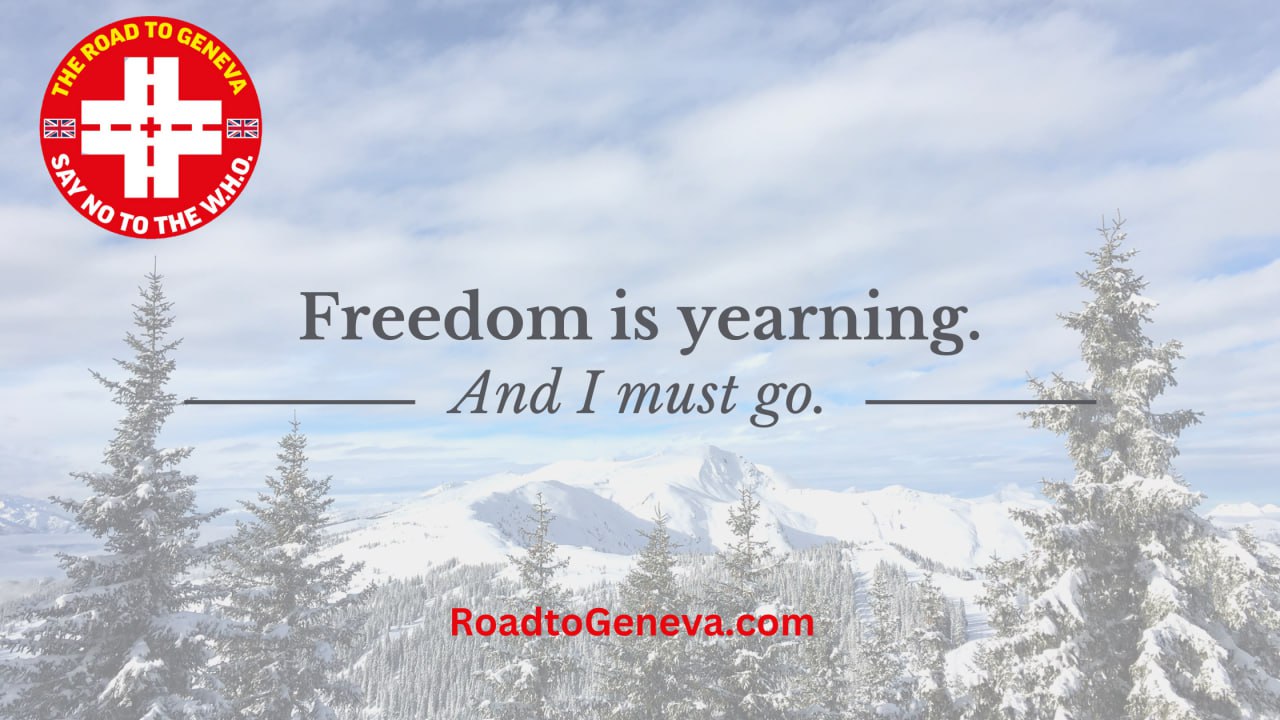




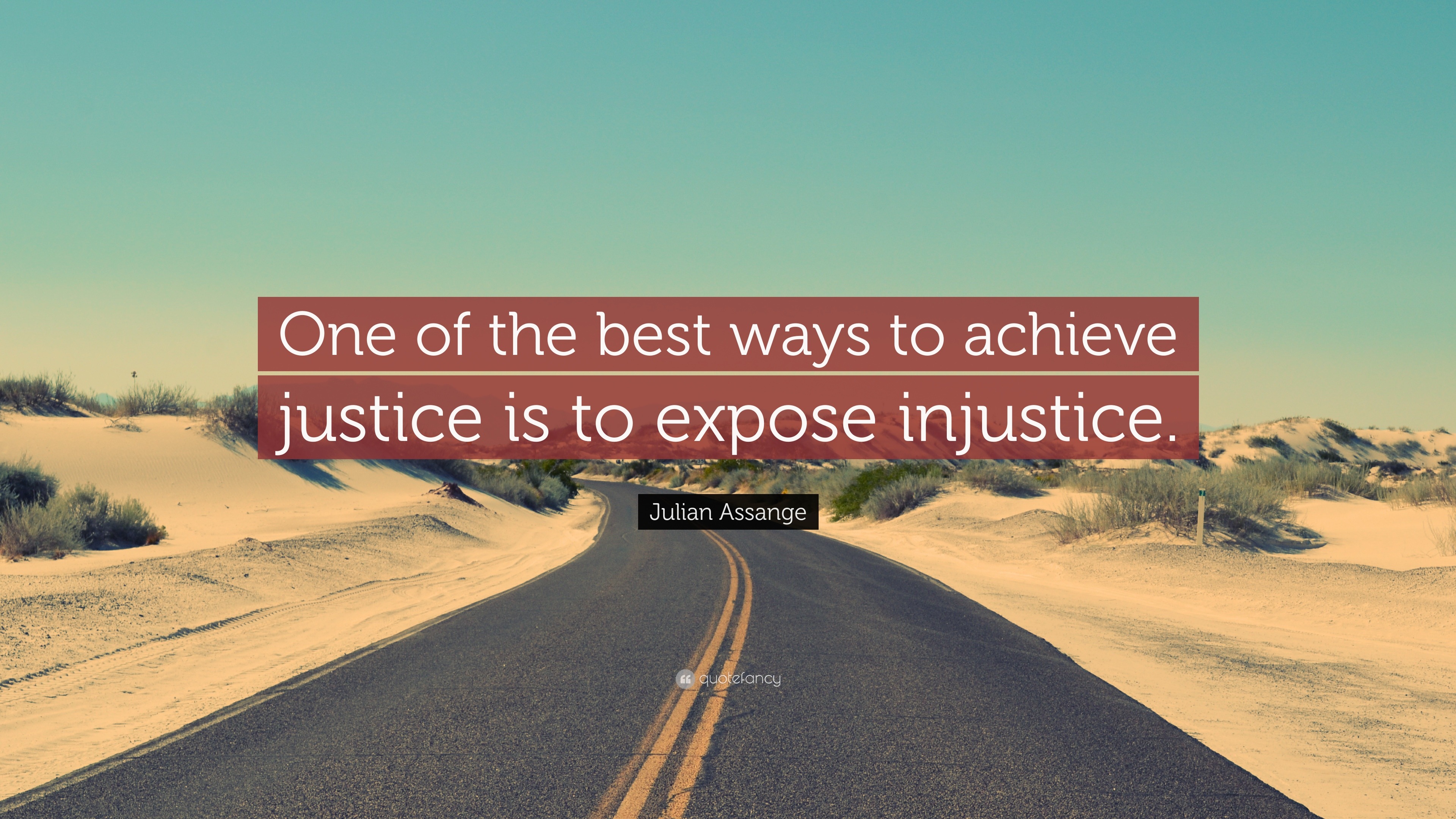
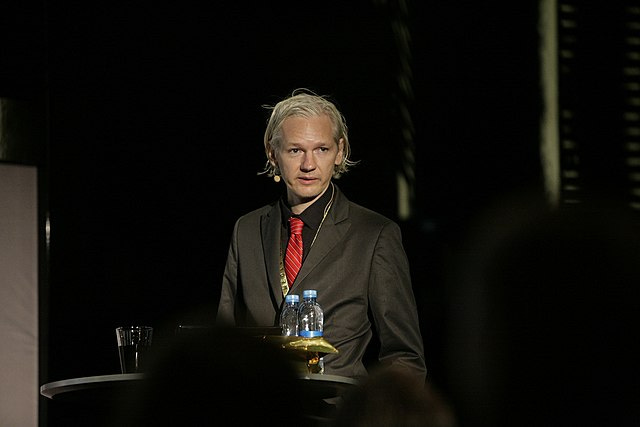
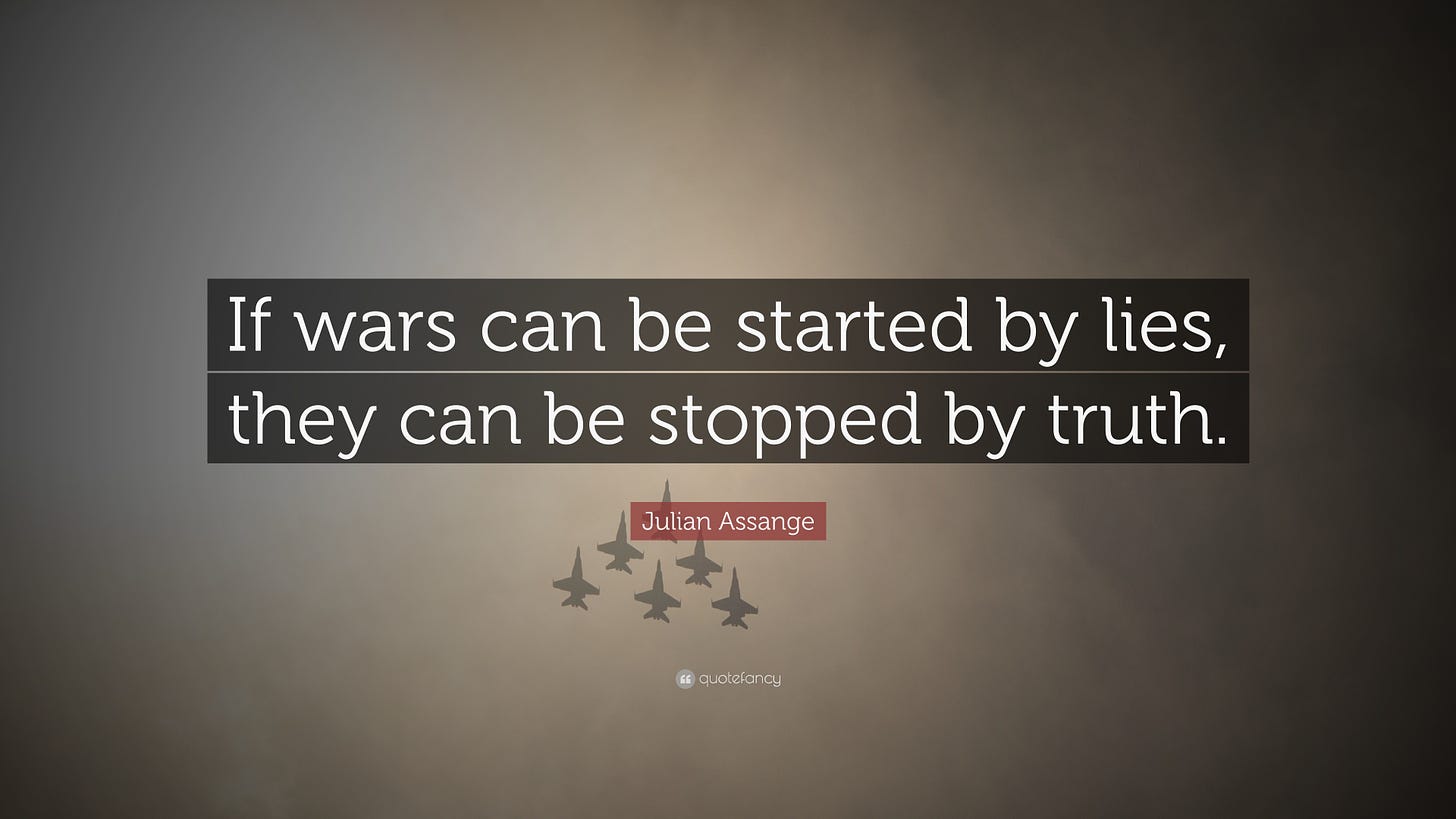





The Politics of Unfriending
Lately, I’ve seen a number of chaps on Facebook posting their intention to ‘unfriend’ Trump supporters or those promoting his views (if Obama can say “folks” then I can say “chaps”). This has led me to contemplate the politics of unfriending—partly because contemplating anything else right now is too painful. It is something that can be done so easily, with the mere click of a button. The act itself feels trivial in the larger scheme of things. But the larger scheme of things is so damn overwhelming that it can also feel strangely…..significant.
I think in light of the latest US election, it is pertinent to take a closer look at the politics of unfriending because although it is often done in a fit of pique, I believe it is not always so perfunctory. When implemented by those whose normal modus operandi is inclusion, unfriending someone has less to do with politics and more to do with instinctual mechanisms around circles of trust. When I consider more deeply, it wasn’t politics that prompted me to unfriend these people. It is not as if I can’t stomach sharing a forum with those who think differently to me.
One man I unfriended repeatedly posted anti-gay rhetoric and seemed fond of shaming individuals towards whom he clearly felt superior. (When I met him, none of this was apparent).) Another, went from posting thoughtful pieces about drug policy to incendiary (and inaccurate) remarks about refugees fleeing war zones. These differences are fundamental as are the differences that divide America right now. For those who call for unity, pray explain how to unite with someone who cleaves to what you abhor and abhors what you embrace?
Our choice of Facebook friends is not going to change the world, but in some small way it changes our own private world, and it speaks to a larger trend of isolating ourselves from the ‘other’. Americans have already paid a heavy price from distancing ourselves from what we don’t want to see. But Facebook has never been a forum for mediation. It is more of a personal scrapbook. Anyone who has ever tried to have a meaningful exchange of views (apart from the resolutely polite) has witnessed how rapidly it sinks into mean-spirited solipsism.
It might be time to give up on the future as a singular concept – if indeed, it ever was one. There will be multiple futures going forward as we come to terms with the fact that the forces that divide us have become—at least, for the present—indomitably greater than those that unite. The choice is how we respond to this reality. Do we cling to those whom we recognize as our siblings in spirit, or do we continue to try to engage the ‘strangers’ who seem to have lost faith in their own ability to live in peace with the world? Is there a middle ground and if so, where do we find it? Not on Facebook, that’s for sure.
Jim Morrison chose the ‘feast of friends’ over the ‘giant family’. But was the giant family ever a viable alternative? Do we have time to bring everyone around to the ideals necessary to create a world worth saving for our children? Perhaps the best thing we can do is salvage decency and hole up with the like-minded around the fires of reason and kindness while the bitter winds howl around our ears.